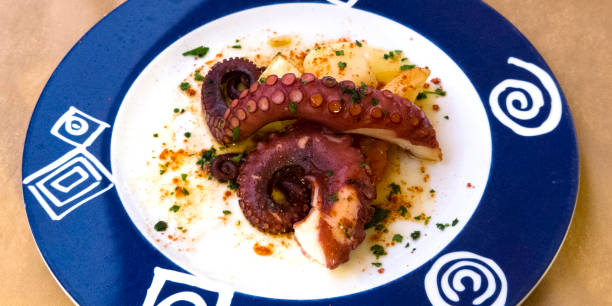Ever found yourself chewing on the same old meals and craving a culinary thrill? Let’s shake things up. The world is brimming with bizarre foods—stuff that makes your stomach turn and your curiosity light up all at once. From fermented fish to maggot-infested cheese, these odd dishes aren’t just shock value—they’re a window into cultural identity and survival, tradition and taste. Ready to step out of your comfort zone and into the wild world of food?
Let’s bite into the top 10 bizarre foods you must try from around the world.
1. Balut – The Philippines’ Famous Fertilized Duck Egg
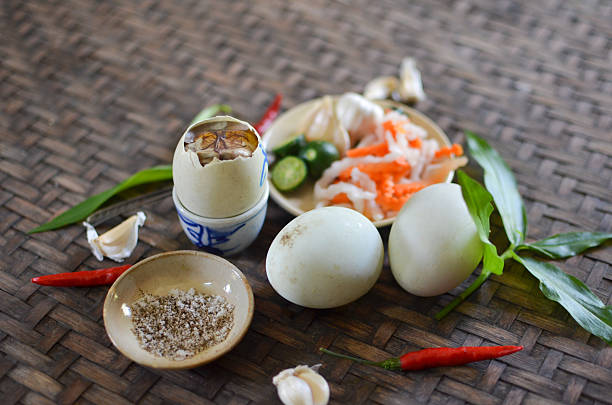
What is Balut?
Balut is a fertilized duck egg incubated for about 14–21 days before being boiled and eaten straight from the shell. Yes, that means a semi-developed duck embryo. Feathers, beak, bones—the whole deal.
How It’s Eaten
Filipinos often sprinkle salt or vinegar over the egg, crack it open, sip the broth, and then eat the yolk and embryo. Best served warm, with a cold beer.
Why People Love It
Balut is considered an energy booster and is often sold by street vendors at night. It’s rich in protein and deeply rooted in Filipino street food culture.
2. Hákarl – Fermented Shark from Iceland
The Fermentation Process
This traditional Icelandic dish is made from Greenland shark meat, which is toxic when fresh. So, it’s buried in the ground to ferment for months, then hung to dry.
Tasting Notes
The smell is strong—think ammonia and rotten cheese. The taste? An acquired one. Even chef Anthony Bourdain called it “the single worst, most disgusting and terrible tasting thing.”
Cultural Significance
Hákarl is more than a dish; it’s a survival story from Iceland’s harsh terrain. It’s a must at Icelandic midwinter festivals like Þorrablót.
3. Casu Marzu – The Maggot Cheese of Sardinia
What Makes It So Bizarre?
Casu Marzu literally translates to “rotten cheese.” It’s made by letting flies lay eggs in pecorino cheese. The maggots digest the fats, creating a creamy, pungent spread.
How It’s Made
After the maggots do their magic, the cheese becomes so soft it almost melts. Some locals eat it with the larvae still wriggling inside.
Health and Legal Concerns
Technically illegal in the EU for health reasons, Casu Marzu is still made and eaten in Sardinia—usually in secret.
4. Sannakji – Korea’s Wiggling Octopus
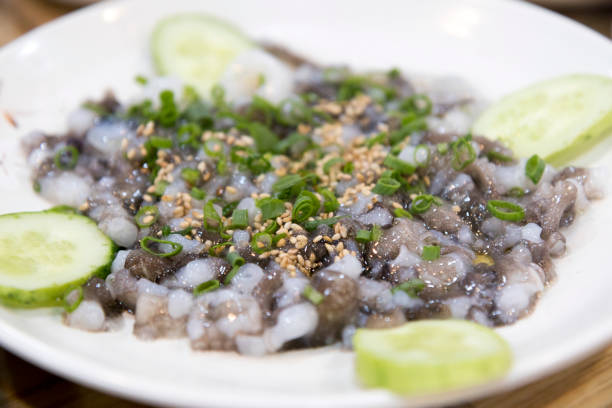
Served Still Moving
Sannakji is freshly chopped baby octopus, served raw and still squirming on the plate. The suction cups? Yep, they still stick to your tongue.
Risky, Yet Popular
It’s important to chew thoroughly—those active tentacles can cause choking. But the chewy texture and sesame oil dip make it a unique favorite.
The Experience of Eating It
Eating sannakji is more about the thrill than the taste. It’s a TikTok-worthy moment for sure.
5. Surströmming – Sweden’s Fermented Herring
Notorious Smell
This canned delicacy smells so bad that it’s often opened outdoors—preferably with a gas mask. The odor? Rotten eggs and stinky cheese multiplied.
Eating It the Swedish Way
Swedes typically eat surströmming with thin bread, potatoes, and onions to balance the flavor. It’s salty, sour, and very funky.
Why People Still Love It
Despite the smell, it’s a traditional food deeply tied to Swedish coastal heritage. And hey—fermentation was the original fridge.
6. Century Egg – China’s Preserved Delicacy
Not Really 100 Years Old
Century eggs are duck, chicken, or quail eggs preserved in a mixture of clay, ash, salt, and quicklime for several weeks to months—not centuries.
Unique Flavor and Texture
The yolk turns creamy green and the white turns into a dark jelly. The taste? Earthy, umami, and strong.
A Cultural Staple
Often sliced and served with soy sauce or porridge, century eggs are a nostalgic snack for many Chinese families.
7. Fried Tarantulas – Cambodia’s Crunchy Snack
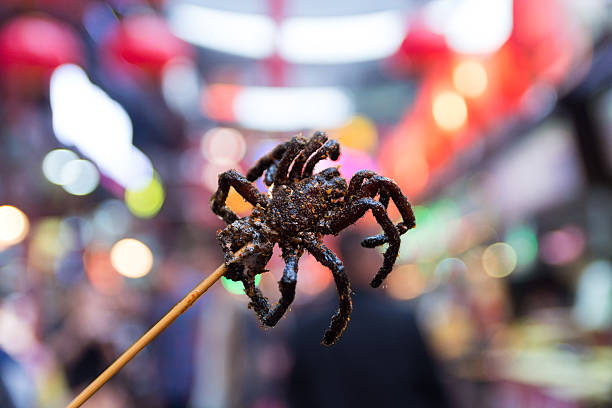
From Survival to Delicacy
Originally eaten during food shortages under the Khmer Rouge, fried tarantulas have become a crunchy delicacy in Cambodia.
How It’s Cooked and Eaten
The spiders are seasoned, deep-fried, and served whole—legs, fangs, and all. Some say it tastes like crab.
Is It Tasty?
If you can get past the looks, yes! The outside is crispy, the inside soft and meaty.
8. Escamoles – Mexico’s Ant Egg Caviar
Harvesting from Agave Roots
Escamoles are ant larvae harvested from the roots of agave plants. They’re delicate and difficult to collect, which makes them pricey.
Taste and Texture
Often compared to cottage cheese or buttery nuts, escamoles are sautéed with butter and herbs and served in tacos or omelets.
A High-End Delicacy
In Mexico, escamoles are considered a delicacy—sometimes dubbed the “caviar of the desert.”
9. Tuna Eyeballs – Japan’s Odd Delicacy
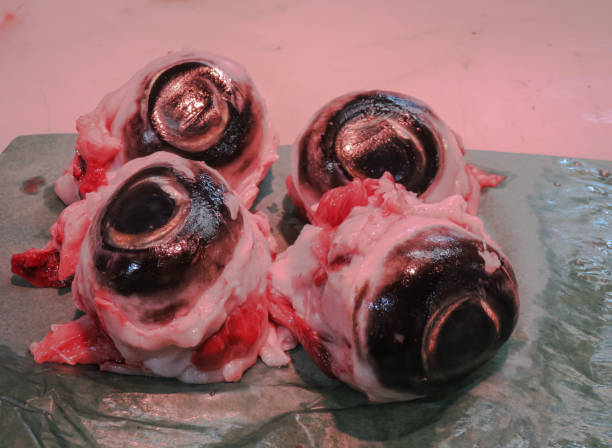
What Do They Taste Like?
Mild in flavor, tuna eyeballs are gelatinous and fatty, with a slight fishy aftertaste. The texture? A mix between rubber and jelly.
How They’re Prepared
Often simmered or steamed with soy sauce and garlic to enhance the umami flavor.
Nutritional Value
Packed with protein and omega-3s, they’re surprisingly nutritious!
10. Jellied Moose Nose – A Canadian Cree Specialty
Traditional Preparation
Popular among Indigenous communities in Canada, the moose nose is boiled, sliced, and set into a jelly—like a wild game aspic.
Texture and Flavor
Expect a mix of textures: skin, cartilage, and fat. The flavor is mild, slightly gamey.
A Symbol of Resourceful Cooking
This dish showcases how Indigenous cultures make full use of the animal—nothing goes to waste.
Why People Eat Bizarre Foods
Cultural Traditions
What’s bizarre to one culture is normal to another. These foods have histories that span centuries, rooted in tradition and necessity.
Curiosity and Adventure
Foodies today are more adventurous than ever. Trying bizarre dishes is a badge of honor and a passport to understanding.
Expanding Culinary Horizons
Taste buds are like muscles—they grow with use. Bizarre foods stretch your palate and your perspective.
How to Safely Try Exotic Foods
Research First
Know what you’re getting into. Google is your friend.
Respect Local Customs
Don’t turn your nose up. What’s weird to you is someone’s comfort food.
Know Your Allergies
Be aware of ingredients that might trigger a reaction, especially with insects or seafood.
Conclusion
The world is weird—and delicious. From the salty depths of Icelandic shark to the buzzing crunch of tarantulas, every bizarre dish tells a story. It’s about more than shock—it’s about connecting to cultures, respecting tradition, and tasting the unexpected. So next time you travel, skip the burger and go for the eyeball. You just might love it.
FAQs
1. Are these bizarre foods safe to eat?
Yes, when prepared properly. Always eat from reputable sources, especially when raw or fermented food is involved.
2. Where can I try these foods without traveling?
Many international restaurants, food festivals, or specialty markets offer bizarre foods in cities around the world.
3. What’s the weirdest food ever eaten?
That’s subjective, but Casu Marzu and Surströmming often top the charts for their shock factor.
4. Why do cultures eat these foods?
Many originated from necessity or tradition. Over time, they became beloved dishes passed down through generations.
5. Is there a best way to prepare for eating something unusual?
Come with an open mind, do your research, and maybe don’t eat a full meal beforehand—just in case

